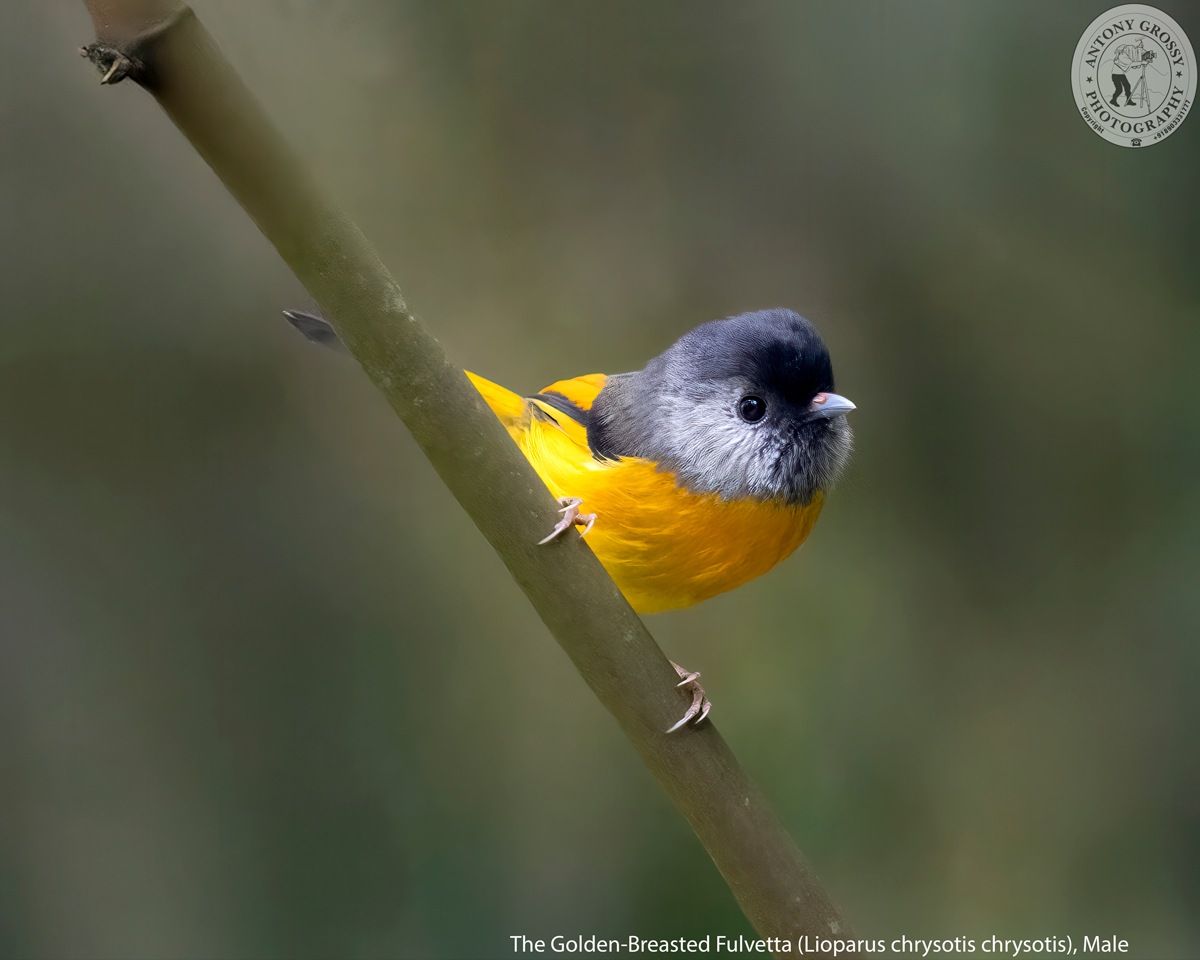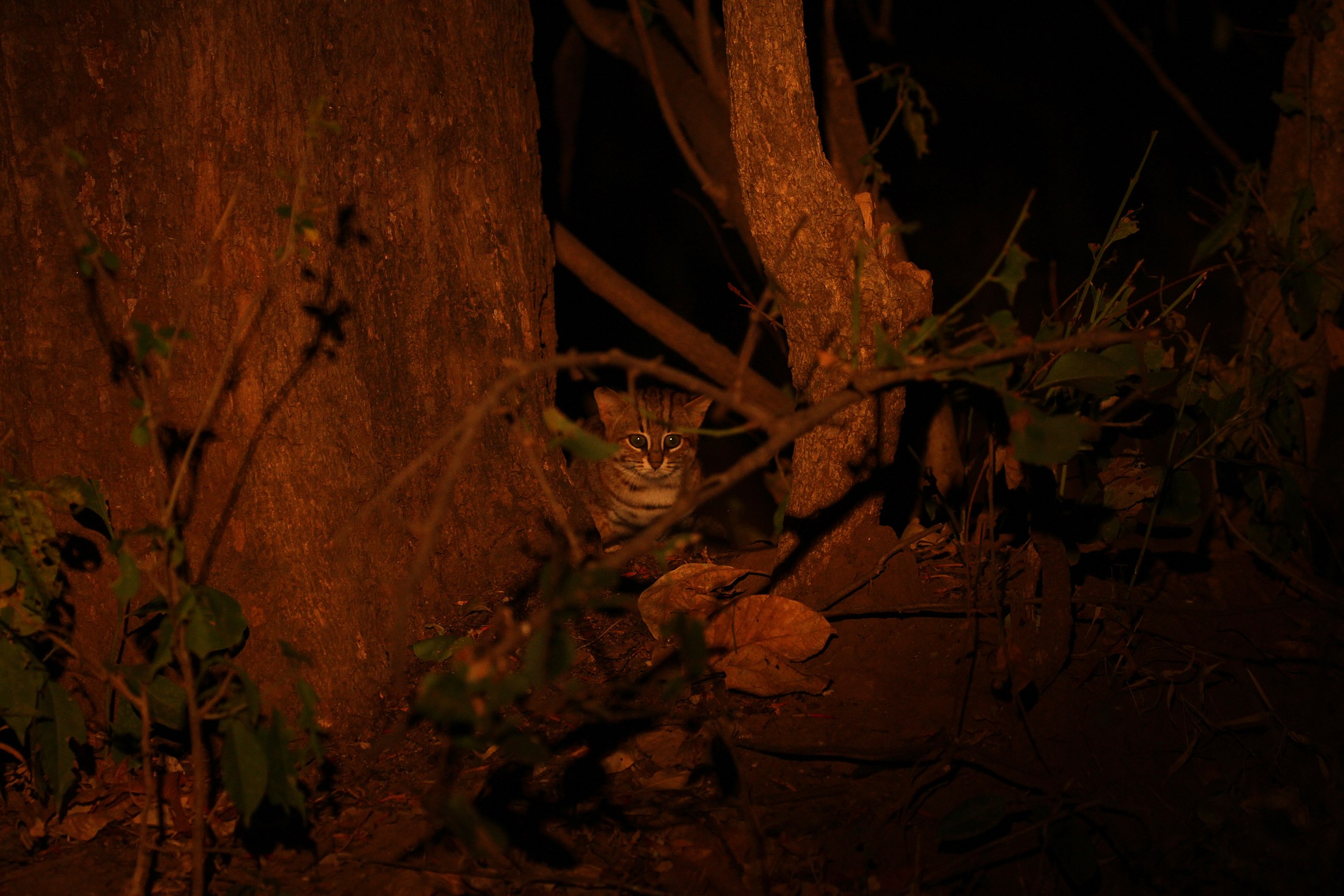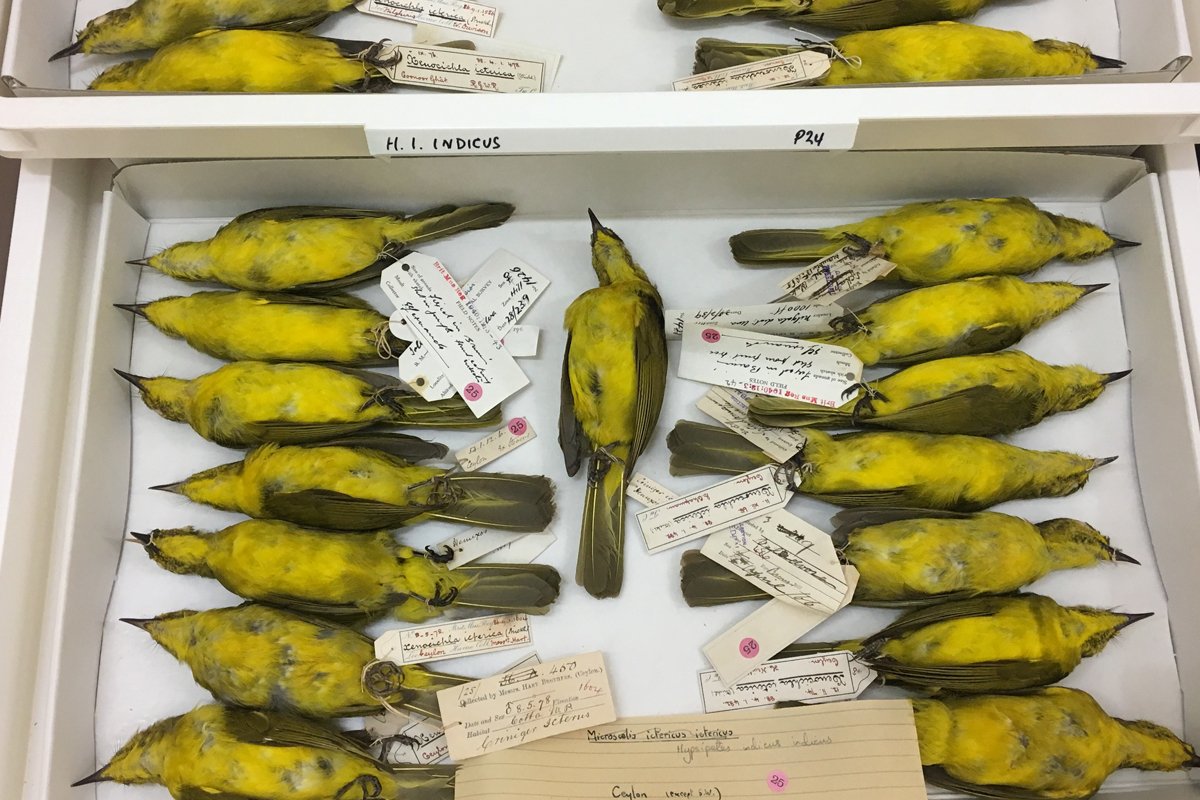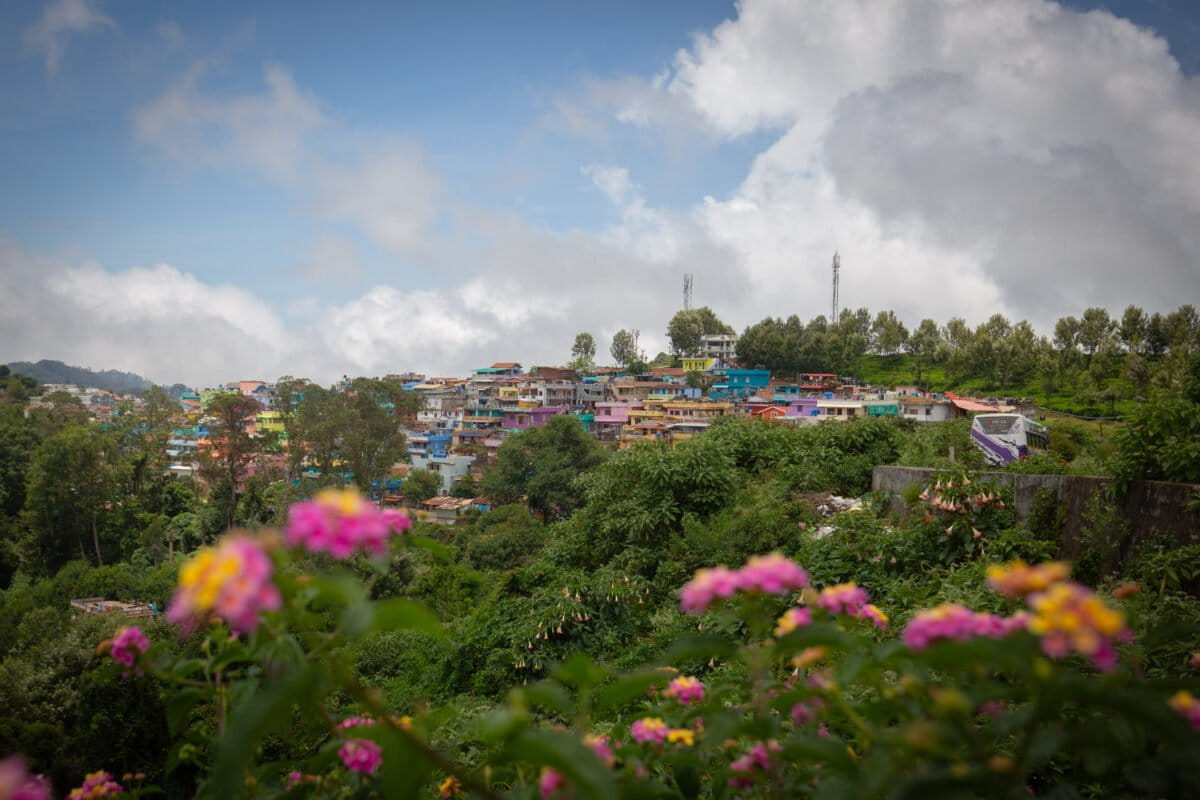

|
 |
| The Gold Gilded Charm in the Canopy – The Golden-Breasted Fulvetta, Male |
| The Golden-Breasted Fulvetta is a stunning,
extremely brightly and vibrantly coloured little bird found in the forests of the Himalayas and surrounding regions. It’s known for its bright yellow underparts and orange wing patches, contrasting with a black head and white ear patch. Travels in large, noisy flocks through dense mid- to high-altitude forests. . . . . . . . . . . . . . . . .. .. …. ……. . .. … …… ………………………. ………….. ……………….. .. …. …. ……….. … …. ……….. … …. ………… ………….. ………… ………… ….. ………. …………. …….. ……………. …… …. …. ……….. … …. ……….. .. ………… ….. ………. …………. …….. …… The Golden-Breasted Fulvetta is a colourful Fulvetta, blackish-grey above with silvery ear-coverts and golden/orange-yellow underparts, wing flashes and outer tail. It is a small bird reaching a length of only up to 10 to 11.5 cms in length and weighing 5 to 10 gms. The Male nominate subspecies has lores, forehead, crown and supercilium blackish, with paler bluish-grey in vague line (variable in intensity) down center; nape bluish-grey, but more blackish at side; upperparts bluish-grey, more olive-tinged on back, rump and uppertail-coverts, latter more yellow-olive and tipped paler; uppertail blackish, each feather having orange-yellow outer fringe on basal two-thirds; upperwing-coverts blackish, tertials blackish with broad white inner fringes, flight-feathers blackish on inner vanes but outer vanes of inner primaries yellow and those of outer secondaries orange-yellow (forming double wing flash); ear-coverts silver-grey with darker shafts; chin and upper submoustachial area blackish-grey, becoming bluish-grey on lower throat and behind ear-coverts; underparts bright orange-tinged yellow, deeper-toned across breast and flanks; iris hazel to brown; bill pale bluish-plumbeous, with upper mandible orange basally; legs pinkish to dull orange. The Female is like male but may be paler orange-yellow. Juvenile has its throat yellow. There are Six subspecies that are recognized based on marked differences in colouration particularly on white median crownstripe and intensity of orange coloration, blacker nape side, greyer throat. . . . . . . . . . . . . . . . .. .. …. ……. . .. … …… ………………………. ………….. ……………….. .. …. …. ……….. … …. ……….. … …. ………… ………….. ………… ………… ….. ………. …………. …….. ……………. …… …. …. ……….. … …. ……….. .. ………… ….. ………. …………. …….. …… The Golden-Breasted Fulvetta is a species of songbird found in Bhutan, China, India, Myanmar, Nepal, and Vietnam. Its natural habitats are temperate forests and subtropical or tropical moist montane forests. It is found in dense undergrowth, usually dominated by bamboo, in and adjacent to temperate forest. It is found at 2055 to 3050 mtrs some descending to 1300 mtrs in winter. . . . . . . . . . . . . . . . .. .. …. ……. . .. … …… ………………………. ………….. ……………….. .. …. …. ……….. … …. ……….. … …. ………… ………….. ………… ………… ….. ………. …………. …….. ……………. …… …. …. ……….. … …. ……….. .. ………… ….. ………. …………. …….. …… It feeds on insects, small berries and seeds. Found in pairs, or in parties of up to 20 to 30 or even 50 individuals outside breeding season (although in Bhutan usually in groups of no more than five); sometimes in association with other species, including other Babblers, in mixed feeding flocks. Forages low down in thickets; often hangs upside-down in manner of a Paridae. . . . . . . . . . . . . . . . .. .. …. ……. . .. … …… ………………………. ………….. ……………….. .. …. …. ……….. … …. ……….. … …. ………… ………….. ………… ………… ….. ………. …………. …….. ……………. …… …. …. ……….. … …. ……….. .. ………… ….. ………. …………. …….. …… Possessing a melodious voice, they often emit cheerful calls composed of a series of whistles and trills. Its Song is a rather rapid, very thin, piercing, high-pitched 5-note si-si-si-si-suu or siiííííyuu, slightly descending (sometimes level), and repeated at intervals. Call is a low loud staccato rattling witrrrit, kwittt, wit and wittit, in variable short bursts. ………… ….. ………. …… ………….. ………… ………… …. … … …… ………….. ………… ………… ….. ………………….. … ………… ….. ………. …… ………….. …………………….. … ………… ….. ………. …… ………….. ………… ………… …. … ……… …… ……….. …… ………….. ………… ………… Description Credit Birds of the World (The Cornell Lab), Oiseaux, Birda, Animalia, Nepal Desk, Ogaclicks, Birds of India | Bird World, Bird Count India & Wiki. |
  |
|
|









































































































































































































































































































































































































































































































































































